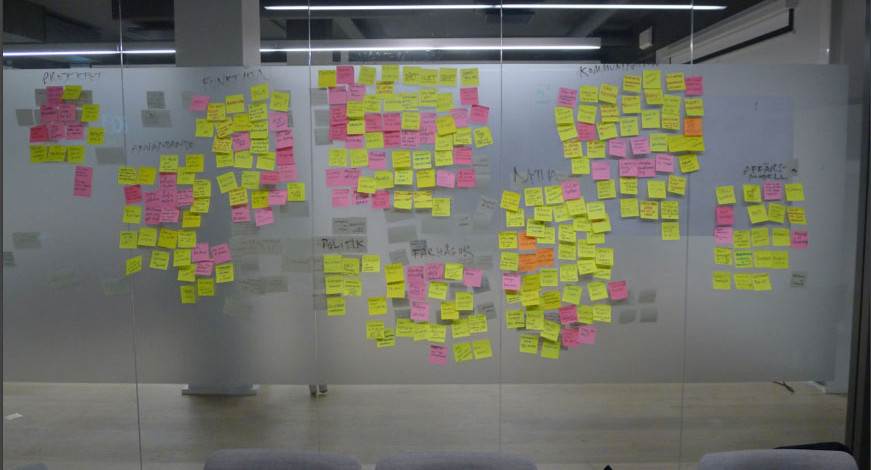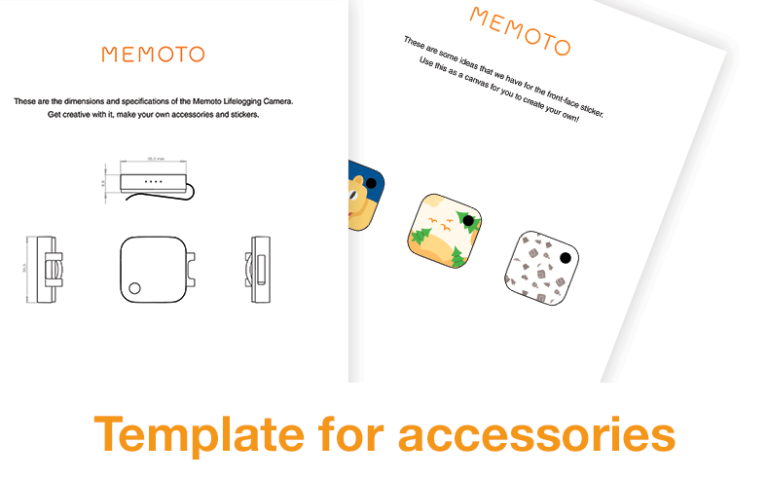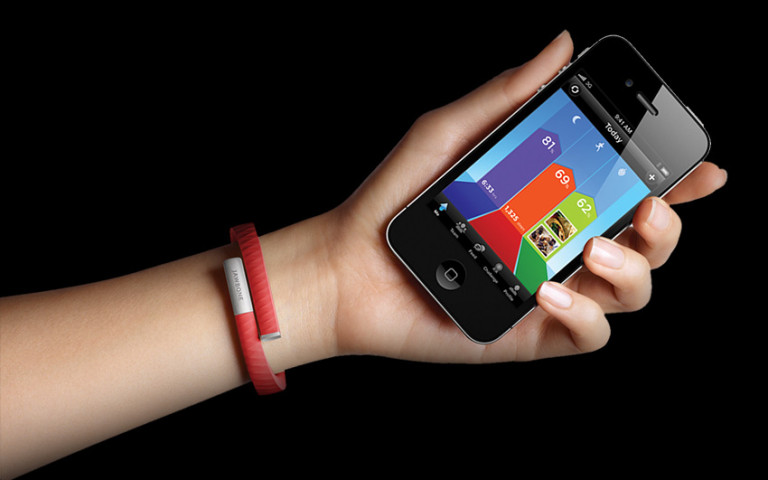How do you design the perfect lifelogging camera?
Readers of Memoto’s blog and backers of Memoto’s Kickstarter campaign often give us invaluable feedback on how we could improve the Memoto Lifelogging Camera. We love (and need!) to hear all kinds of suggestions – please keep them coming! In fact, listening to what people want in a lifelogging camera really shaped Memoto into what we know it as today. The design of the entire Memoto service (camera and app) stems from a structured and qualitative research process.
Our market research told us that consumers want a wearable, automatic camera that is:
- Small – clumsy cameras are not very wearable.
- Dumb(!) – smart cameras tend not to be very small, so better to put the “smart” in the backend.
- Affordable – consumers have a pretty good idea of what level of technology to expect per spent dollar. If you’ve just spent $500 on the latest smart phone, you look for equivalent value in your next tech purchase. Or a lower price for less features.
- Personal – to wear something everyday it needs to look cool and in line with your style.
- Honest – the fact that an automatic, wearable camera comes with integrity issues is indisputable. Users don’t want to feel like spies and want the camera to be easy to spot for the people they meet.
Read on to find out how we learned this and a few other secrets along the way, in the days when Memoto was only a loose idea in the founders’ minds. Let’s go back to January 2012 and the birth of Memoto’s design principles.
Starting point: comfortable and honest
We were clear on one thing: a lifelogging camera needs to be comfortable to wear without it intruding in life’s most precious moments. So how can we create a lifelogging camera that is comfortable and subtle enough to not be distracting but still not give the impression of being a spy camera? What options are available for the look and feel of a wearable camera and what kind of emotional response will different designs elicit from people meeting the wearer?
The Service Design Process
Realizing that the choices we made on the design would be crucial for the success of the Memoto Lifelogging Camera, we turned to the experts. The service design agency Transformator in Stockholm has worked on customer research based projects for the leading brands of all types of businesses.

The iterative service design process for the Memoto Lifelogging Camera
Transformator presented us with a process that corresponded very well with what’s often called “lean startup.” Some key principles in this process are:
- Development happens through customer driven service design
- The process is grounded in in-depth qualitative customer insights
- The process is iterative: you ask, you learn, you implement – and you repeat in loops until satisfaction.
- Each loop consist of customer interaction, ideation and prototyping.
The objective of the Service Design Process was to answer three questions:
- Who is this for?
- Why should someone care?
- What does a lifelogging camera look like?
Who is this for?
We let Transformator conduct 50 in-depth interviews of 1 hour each, people aged 22 to 65 were asked questions like:
- How and why do you take photos today? Have you experienced situations that you wish had photos from but for whatever reason don’t?
- What do you do with the photos? How do you manage them? Do you publish them on social media?
- How would you like to document your life? Do you already?
The result was a – you guessed it – four-quadrant map that looked like this:
We found that the major differentiators in how people used cameras and photos are whether you are active or passive in taking photos and in whether you are public or private in sharing photos. This let us plot the interviewees on this map and define three clear segments:
- The Self Promotors – These are active users of social media and they like telling their life stories in pictures and enjoy following the lives of others. They are curious about new technology and they easily adopt new devices and services. They are especially fond of apps and services that let them be creative.
- The Memory Collector – These users mainly shoot and store photos for their own personal documentation. They manage their photos in an orderly fashion and only share photos with people in their immediate sphere. Interestingly, this was also a group often describing themselves as “nerds” with passionate and specific interests.
- The “Unsentimentalist” – They express no interest in “dwelling in the past.” Some of them don’t even bring cameras on vacations. They describe themselves as late adopters who only join in when they need to.
It became apparent that Memoto (still not the company’s name at the time, but more on that in another post) was facing very distinct target groups. So what could we offer them?
Why should someone care?
Based on the interviews we had with potential users (and non-users) we learned about four desired values to be gained from a lifelogging camera:
- A documented life story – Life documentation in photo sequences enables users to accessibly relive past moments and follow life developments.
- Stronger and closer relationships – Through sharing life experiences and everyday moments in closed and open social media platforms users of a lifelogging camera can nurture their relationships with friends and loved ones.
- Memories kept alive – With inspiring editing functions users can be creative with their collected moments.
- Stronger self knowledge – Through visualizing users’ life patterns, users of a lifelogging camera can learn more about themselves and develop their self-confidence and self-esteem.
What does a lifelogging camera look like?
The questions of “who” and “why” gave pretty nice and easy answers in terms of target groups and value propositions. The obvious challenge revealed in the market research was another one: how do you design an automatic wearable camera that is discreet enough to be easily worn but apparent enough to not be perceived as a spy cam?
Again, we turned to the experts. Design agency PeoplePeople was founded by ex-Nokia product designers. One of the designers, Per Brickstad, has designed everything imaginable in the wearable space and based on his experience and the research results presented by Transformator, Per started experimenting with numerous different design alternatives.
Square or round? Centered lens or not?

Left: our design idea for a round lifelogging camera with a centered lens. Right: the winning design, square shaped and off-center lens
The fact that a lifelogging camera needs to be very small in order to be wearable was obvious. But then that would risk the device not feeling honest enough, so we needed to find other ways to communicate that the device on your chest is in fact a camera, but a friendly one. Two factors turned out to be crucial: shape and lens placement.
The research conducted by Transformator showed us that people have a pretty strong opinion regarding this matter:
- A round shape with a centered lens is perceived as much too distracting. “It looks like an eye spying on me. I don’t want people around me to feel that way when they meet me” one respondent commented.
- A square shaped camera with an off-center lens was found to provide more comfort and a friendly perception. “It’s subtle and interesting and it looks gender-neutral” was a typical comment.
To emphasize that this really is a camera and nothing else, we made the lens clearly visible and similar to what people are used to recognize as a camera lens. When presented with an early 3D print of the design and asked to guess what it was, a clear majority of the respondent guessed it to be some kind of recording device. Bingo.
Result
After months of research, the final design was set just in time for Memoto’s Kickstarter campaign. At the time of writing, the actual cameras are going through mass production. Soon the result of 1.5 years of researching, prototyping, testing and re-iterating will see the light of day as the first batches of Memoto Lifelogging cameras land by the doors of 4000 early Kickstarter backers and pre-order customers. We can’t wait.
Memoto Turntable Rendering from Memoto on Vimeo.
What do you think? Has Memoto succeeded in designing a lifelogging camera that is honest and subtle? What could be made different? Let us know your thoughts!
Best,
Memoto Team through Oskar
PS. If you’re curious to know more, you’re welcome to access the keynote presentation that Martin Källström held at the ISTAS’13 conference, from which some of the pictures in this post were taken. Check out the full slide deck below:





